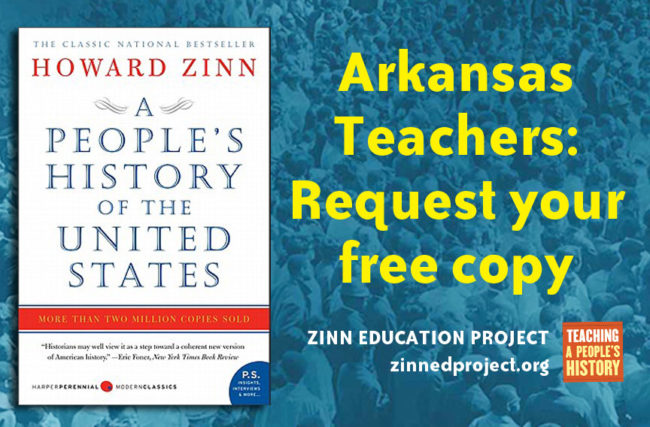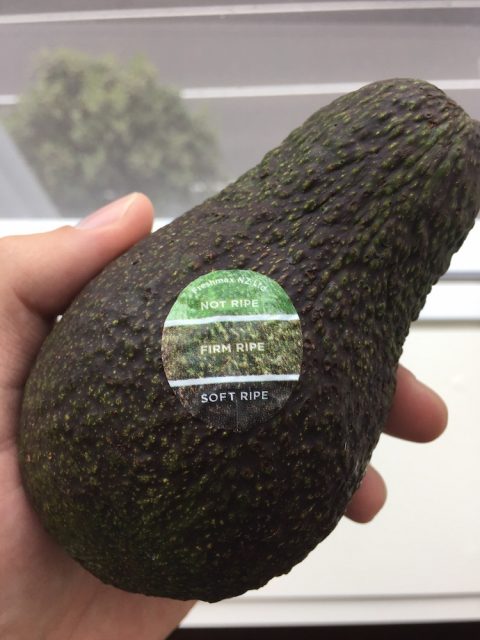Math has long been the language of science, engineering, and finance, but can math help you feel calm on a turbulent flight? Get a date? Make better decisions? Here are some heroic ways math shows up in our everyday life.
***
Sounds intellectually sophisticated, doesn’t it? Other than sounding really smart at after-work cocktails, what could be the benefit of understanding where math and physics permeate your life?
Well, what if I told you that math and physics can help you make better decisions by aligning with how the world works? What if I told you that math can help you get a date? Help you solve problems? What if I told you that knowing the basics of math and physics can help make you less afraid and confused? And, perhaps most important, they can help make life more beautiful. Seriously.
If you’ve ever been on a plane when turbulence has hit, you know how unnerving that can be. Most people get freaked out by it, and no matter how much we fly, most of us have a turbulence threshold. When the sides of the plane are shaking, noisily holding themselves together, and the people beside us are white with fear, hands clenched on their armrests, even the calmest of us will ponder the wisdom of jetting 38,000 feet above the ground in a metal tube moving at 1,000 km an hour.
Considering that most planes don’t fall from the sky on account of turbulence isn’t that comforting in the moment. Aren’t there always exceptions to the rule? But what if you understood why, or could explain the physics involved to the freaked-out person beside you? That might help.
In Storm in a Teacup: The Physics of Everyday Life, Helen Czerski spends a chapter describing the gas laws. Covering subjects from the making of popcorn to the deep dives of sperm whales, her amazingly accessible prose describes how the movement of gas is fundamental to the functioning of pretty much everything on earth, including our lungs. She reveals air to be not the static clear thing that we perceive when we bother to look, but rivers of molecules in constant collision, pushing and moving, giving us both storms and cloudless skies.
So when you appreciate air this way, as a continually flowing and changing collection of particles, turbulence is suddenly less scary. Planes are moving through a substance that is far from uniform. Of course, there are going to be pockets of more or less dense air molecules. Of course, they will have minor impacts on the plane as it moves through these slightly different pressure areas. Given that the movement of air can create hurricanes, it’s amazing that most flights are as smooth as they are.
You know what else is really scary? Approaching someone for a date or a job. Rejection sucks. It makes us feel awful, and therefore the threat of it often stops us from taking risks. You know the scene. You’re out at a bar with some friends. A group of potential dates is across the way. Do you risk the cringingly icky feeling of rejection and approach the person you find most attractive, or do you just throw out a lot of eye contact and hope that person approaches you?
Most men go with the former, as difficult as it is. Women will often opt for the latter. We could discuss social conditioning, with the roles that our culture expects each of us to follow. But this post is about math and physics, which actually turn out to be a lot better in providing guidance to optimize our chances of success in the intimidating bar situation.
In The Mathematics of Love, Hannah Fry explains the Gale-Shapley matching algorithm, which essentially proves that “If you put yourself out there, start at the top of the list, and work your way down, you’ll always end up with the best possible person who’ll have you. If you sit around and wait for people to talk to you, you’ll end up with the least bad person who approaches you. Regardless of the type of relationship you’re after, it pays to take the initiative.”
The math may be complicated, but the principle isn’t. Your chances of ending up with what you want — say, the guy with the amazing smile or that lab director job in California — dramatically increase if you make the first move. Fry says, “aim high, and aim frequently. The math says so.” Why argue with that?
Understanding more physics can also free us from the panic-inducing, heart-pounding fear that we are making the wrong decisions. Not because physics always points out the right decision, but because it can lead us away from this unproductive, subjective, binary thinking. How? By giving us the tools to ask better questions.
Consider this illuminating passage from Czerski:
We live in the middle of the timescales, and sometimes it’s hard to take the rest of time seriously. It’s not just the difference between now and then, it’s the vertigo you get when you think about what “now” actually is. It could be a millionth of a second, or a year. Your perspective is completely different when you’re looking at incredibly fast events or glacially slow ones. But the difference hasn’t got anything to do with how things are changing; it’s just a question of how long they take to get there. And where is “there”? It is equilibrium, a state of balance. Left to itself, nothing will ever shift from this final position because it has no reason to do so. At the end, there are no forces to move anything, because they’re all balanced. They physical world, all of it, only ever has one destination: equilibrium.
How can this change your decision-making process?
You might start to consider whether you are speeding up the goal of equilibrium (working with force) or trying to prevent equilibrium (working against force). One option isn’t necessarily worse than the other. But the second one is significantly more work.
So then you will understand how much effort is going to be required on your part. Love that house with the period Georgian windows? Great. But know that you will have to spend more money fighting to counteract the desire of the molecules on both sides of the window to achieve equilibrium in varying temperatures than you will if you go with the modern bungalow with the double-paned windows.
And finally, curiosity. Being curious about the world helps us find solutions to problems by bringing new knowledge to bear on old challenges. Math and physics are actually powerful tools for investigating the possibilities of what is out there.
Fry writes that “Mathematics is about abstracting away from reality, not replicating it. And it offers real value in the process. By allowing yourself to view the world from an abstract perspective, you create a language that is uniquely able to capture and describe the patterns and mechanisms that would otherwise remain hidden.”
Physics is very similar. Czerski says, “Seeing what makes the world tick changes your perspective. The world is a mosaic of physical patterns, and once you’re familiar with the basics, you start to see how those patterns fit together.”
Math and physics enhance your curiosity. These subjects allow us to dive into the unknown without being waylaid by charlatans or sidetracked by the impossible. They allow us to tackle the mysteries of life one at a time, opening up the possibilities of the universe.
As Czerski says, “Knowing about some basics bits of physics [and math!] turns the world into a toybox.” A toybox full of powerful and beautiful things.
The post Math Makes Life Beautiful. appeared first on Farnam Street.











